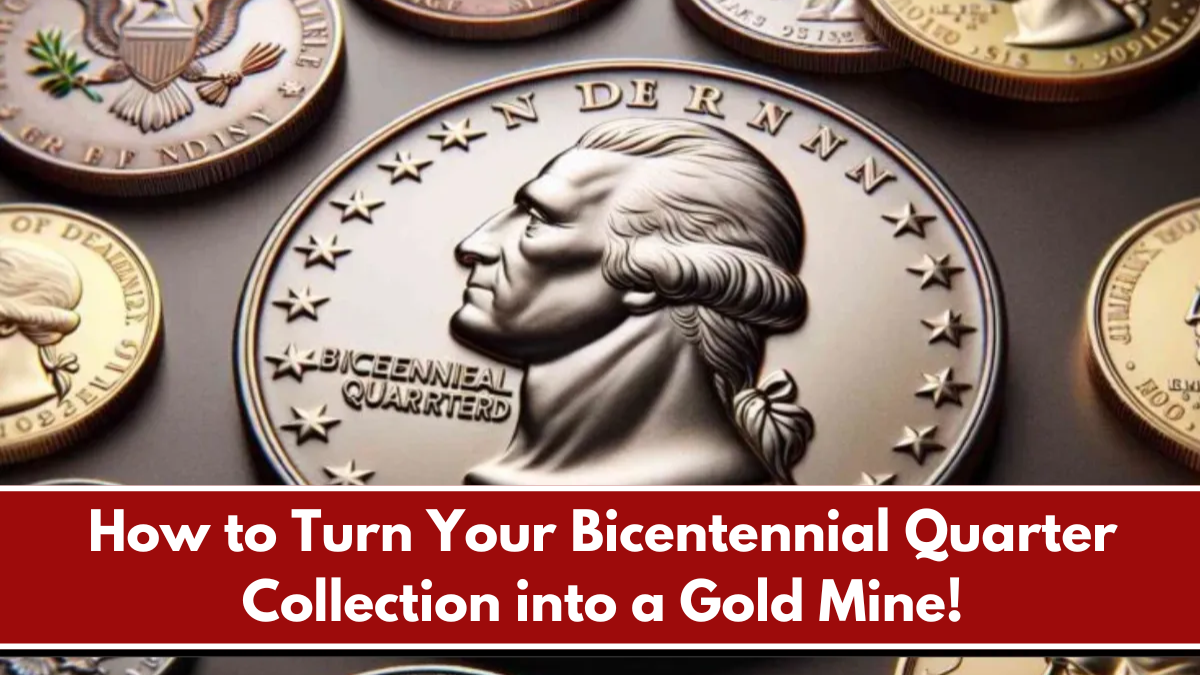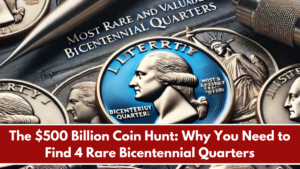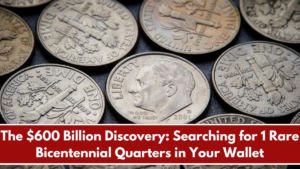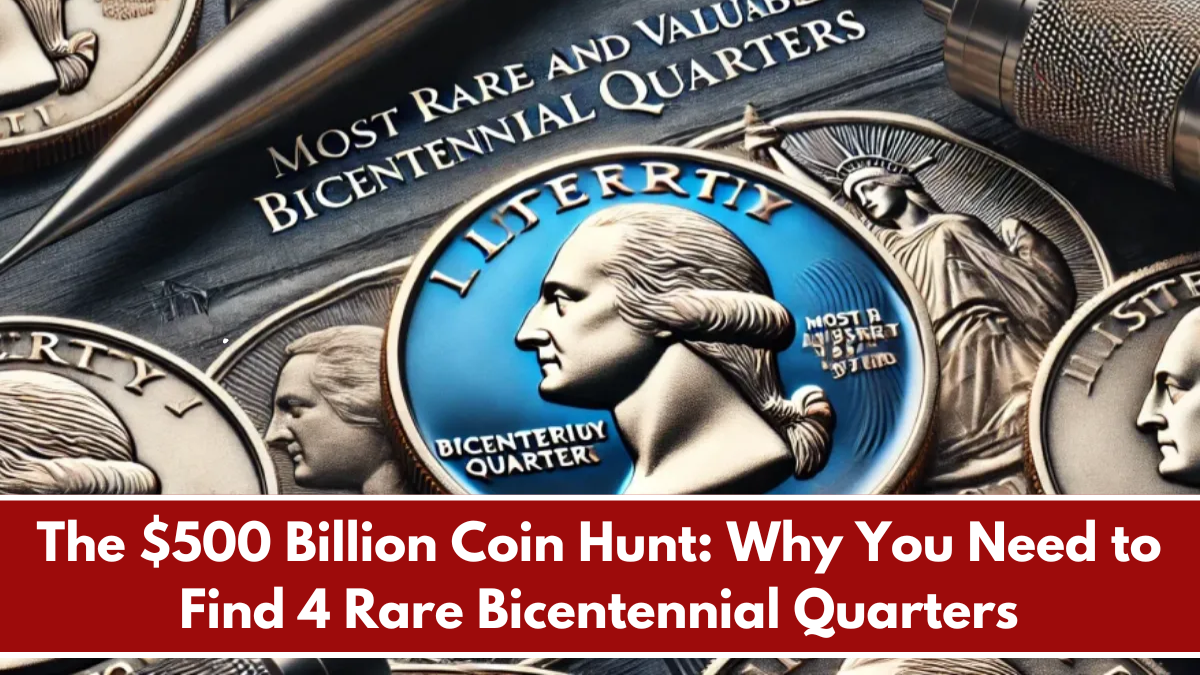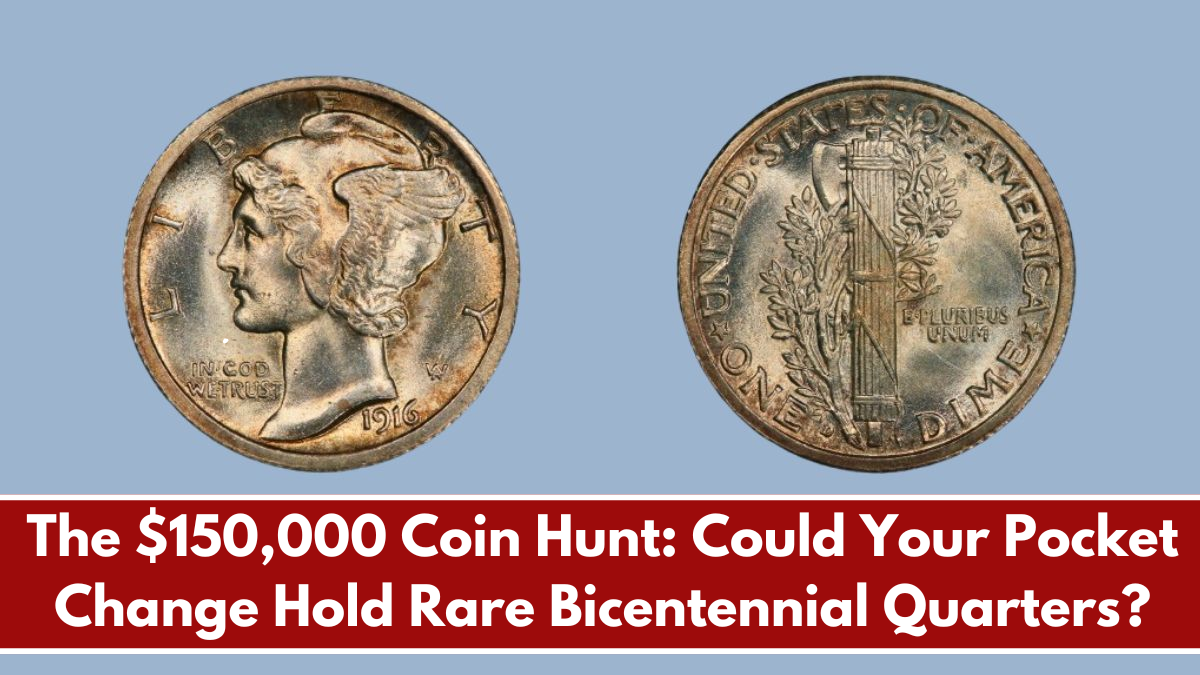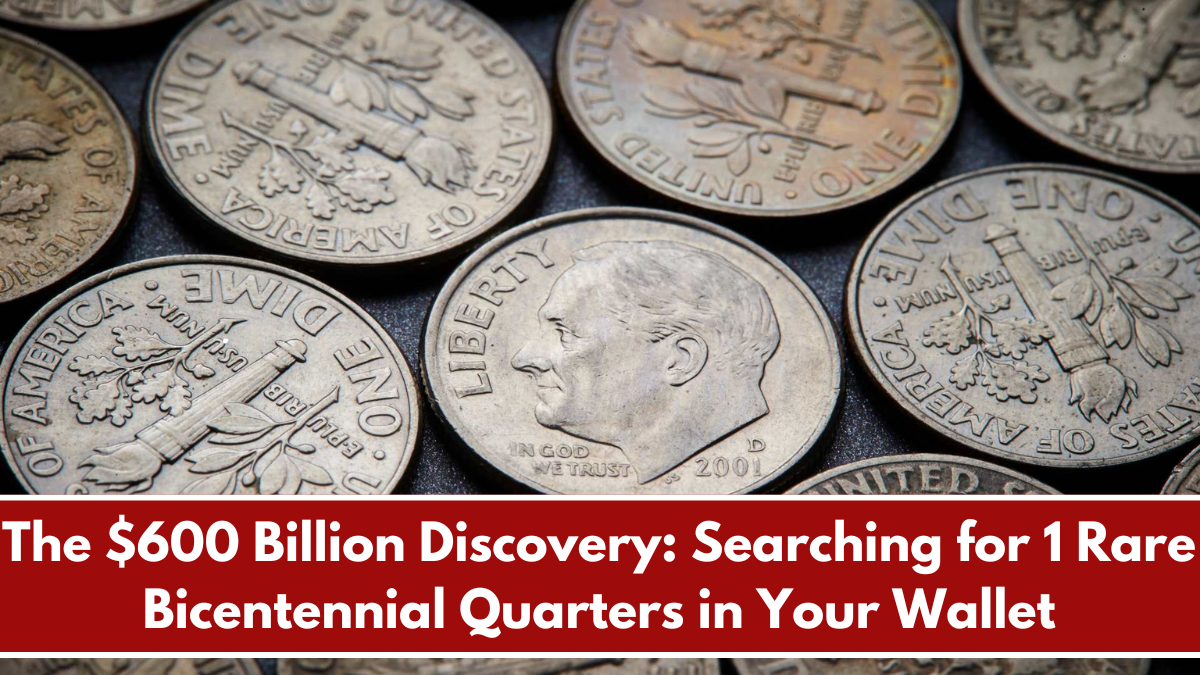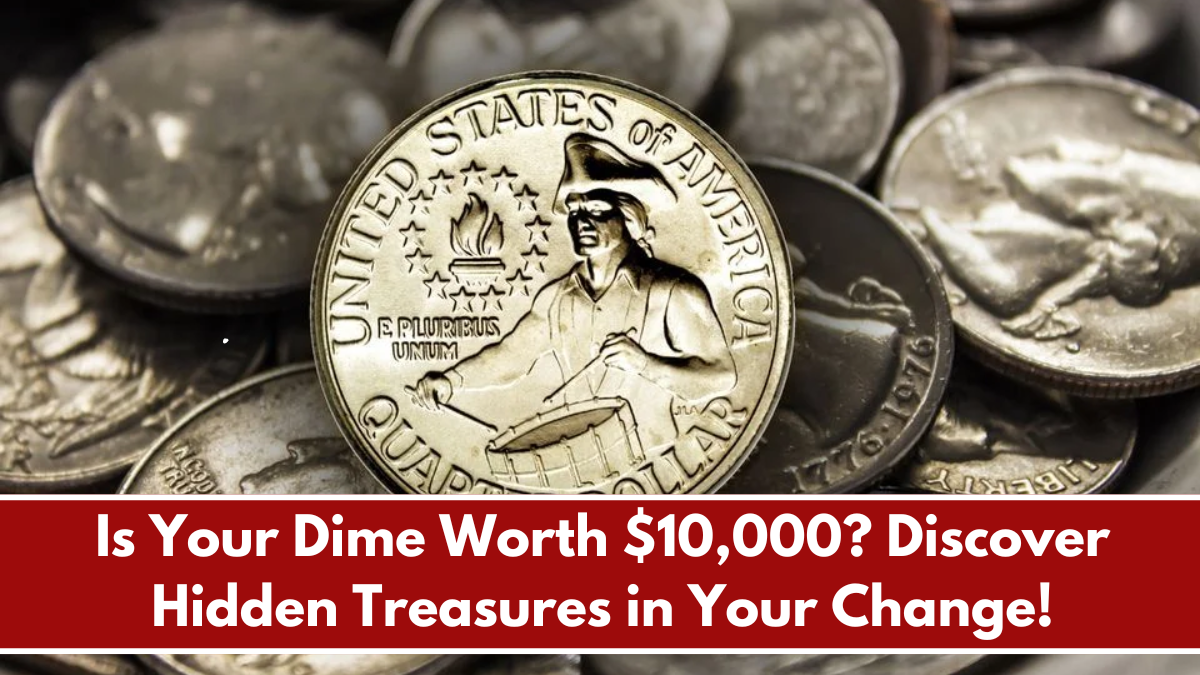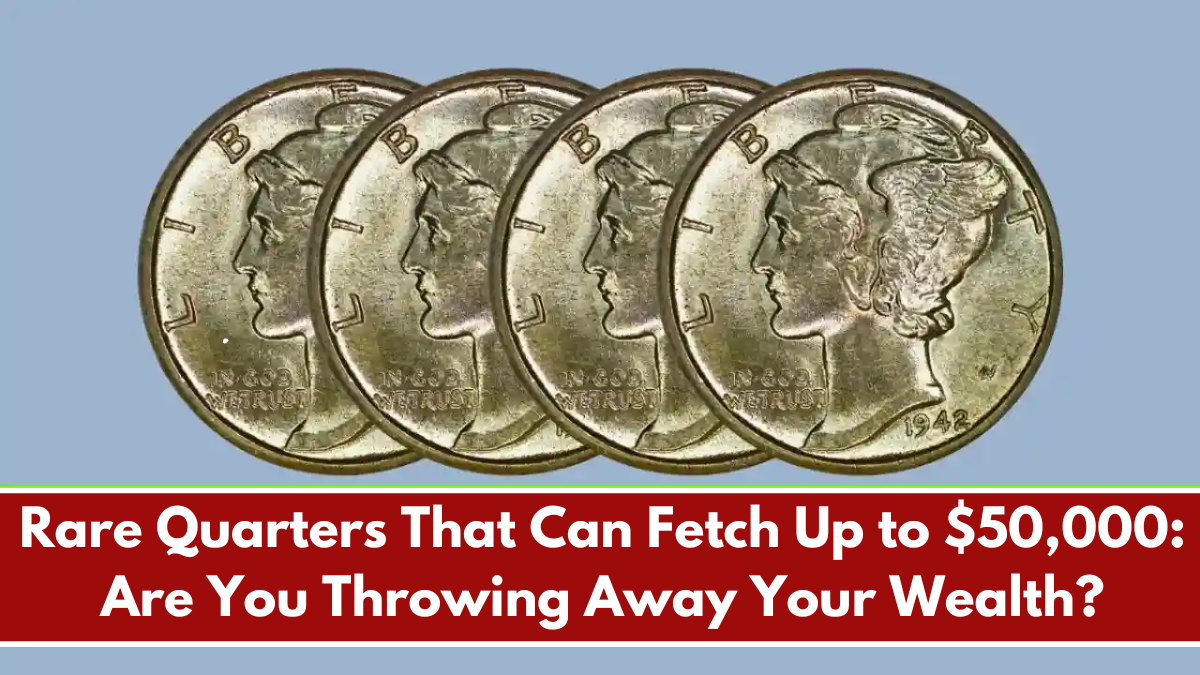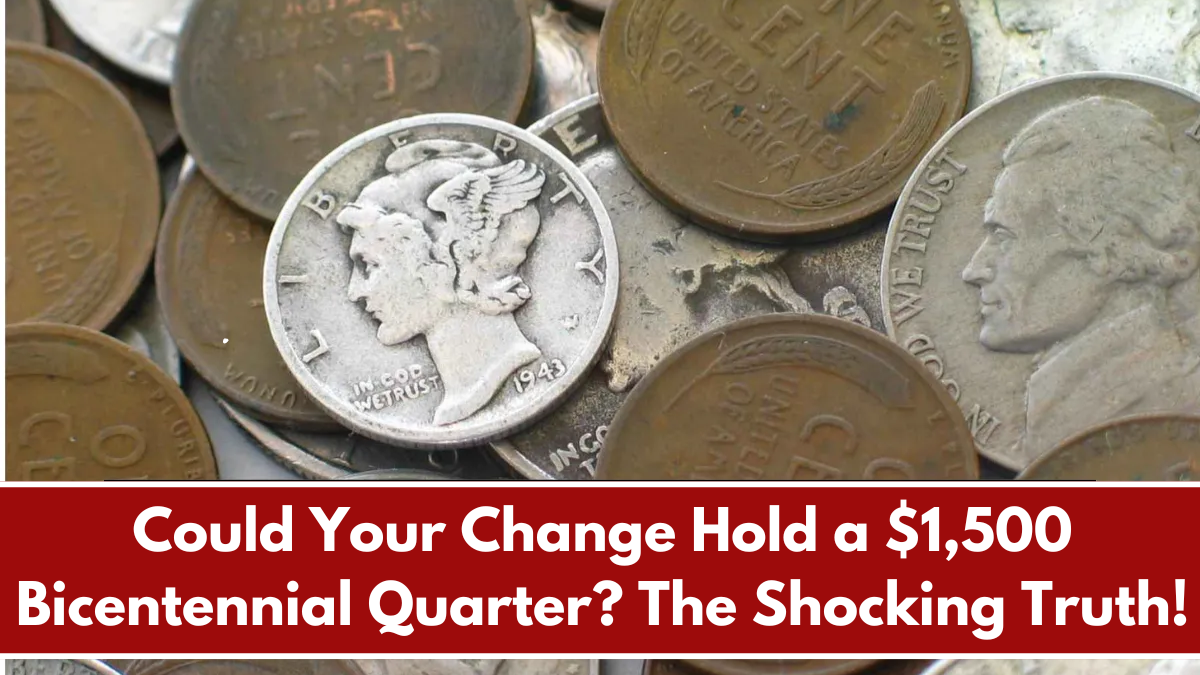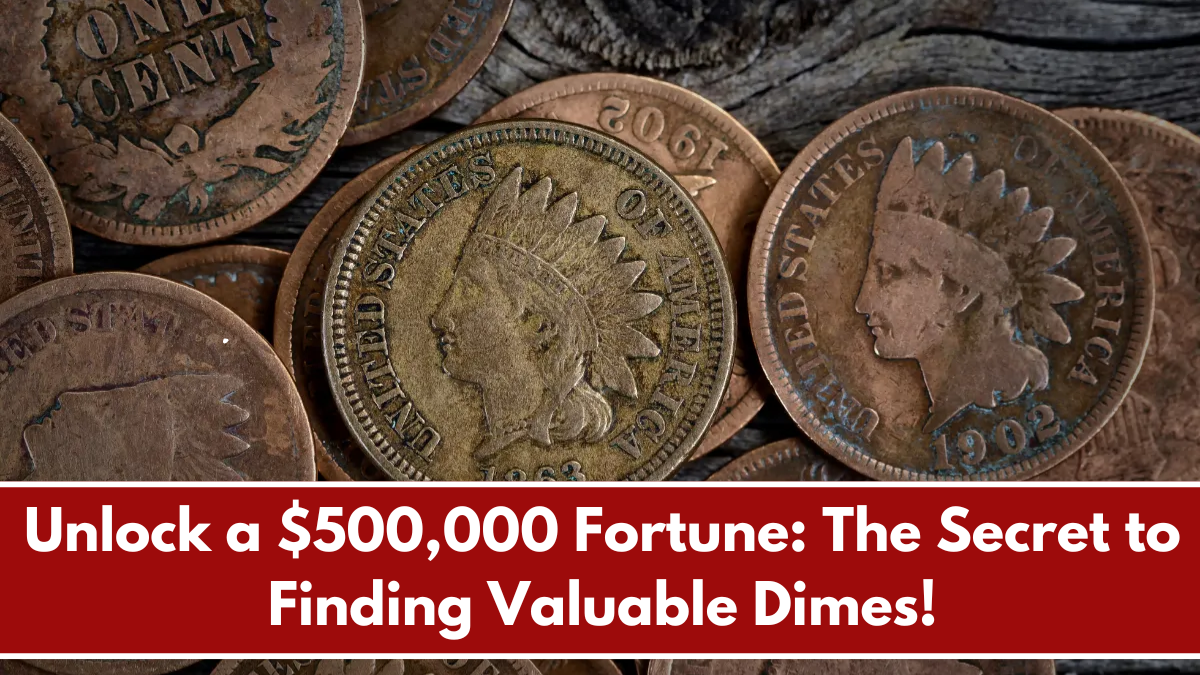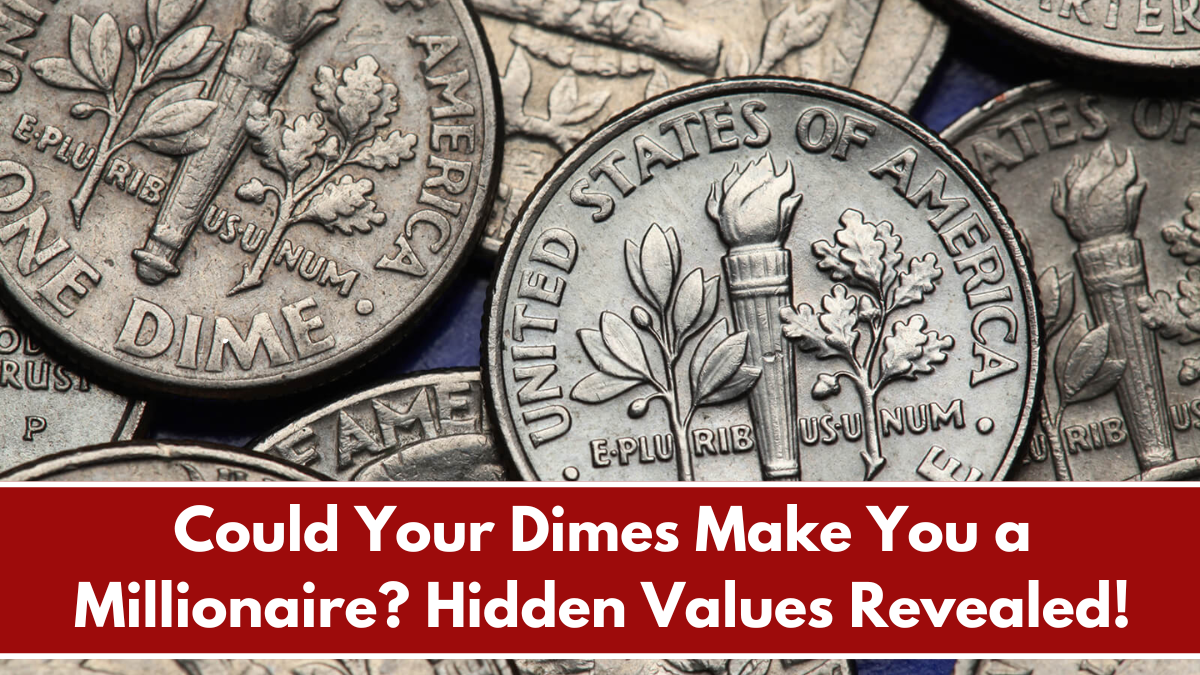For many collectors, the thrill of coin collecting goes beyond the joy of owning beautiful pieces of history; it’s also about the potential for significant financial gain. Among the various coins that avid collectors seek, Bicentennial Quarters hold a special place. Minted in 1976 to commemorate the 200th anniversary of the United States, these quarters may appear common, but some rare varieties can be surprisingly valuable. This article will guide you on how to identify, evaluate, and maximize the value of your Bicentennial Quarter collection, turning it into a potential gold mine.
Identifying Valuable Variants
The first step in transforming your collection into a lucrative investment is knowing what to look for. While most Bicentennial Quarters are worth face value, certain rare versions can command high prices. For instance, the 1976-S Proof Quarter, minted in San Francisco, is particularly sought after by collectors. Additionally, the 1976-D Double Die Quarter is a noteworthy variant due to its striking error, which can significantly increase its value. Conducting thorough research on these specific coins can help you identify hidden treasures in your collection.
Condition and Grading
The condition of your quarters plays a crucial role in their market value. Coins are graded on a scale from Poor (P) to Perfect Mint State (MS). Utilizing professional grading services can help assess the quality of your coins accurately. Coins in excellent condition are far more valuable than those showing signs of wear and tear.
Selling Your Collection
Once you’ve identified valuable variants and assessed their condition, it’s time to sell. You can explore various avenues such as online marketplaces, coin shows, and auction houses. Engaging with reputable dealers can also yield positive results. Highlight the unique aspects of your collection to attract buyers willing to pay a premium.
Your Bicentennial Quarter collection could be more than just a nostalgic remembrance of America’s past; it can also be a gold mine waiting to be unearthed. By understanding what makes certain quarters valuable, assessing their condition, and selling them wisely, you can turn your passion for coin collecting into a rewarding financial endeavor. So, take a closer look at your quarters—you might be sitting on a fortune!
FAQ’s:
What are Bicentennial Quarters?
Bicentennial Quarters were minted in 1976 to celebrate the 200th anniversary of the United States. They feature a unique reverse design showcasing a drummer boy and the year “1776-1976.”
Are all Bicentennial Quarters valuable?
Most Bicentennial Quarters are worth face value, but certain rare variants, such as the 1976-S Proof Quarter and the 1976-D Double Die Quarter, can be quite valuable.
How can I determine the value of my quarters?
The value depends on factors like rarity, condition, and demand. Researching recent sales and consulting grading services can help you assess their worth.
Where can I sell my collection?
You can sell your Bicentennial Quarters through online marketplaces, coin shows, or auction houses. Engaging with reputable dealers is also a good option.
What grading scale is used for coins?
Coins are graded on a scale from Poor (P) to Perfect Mint State (MS), with higher grades indicating better condition and increased value.
